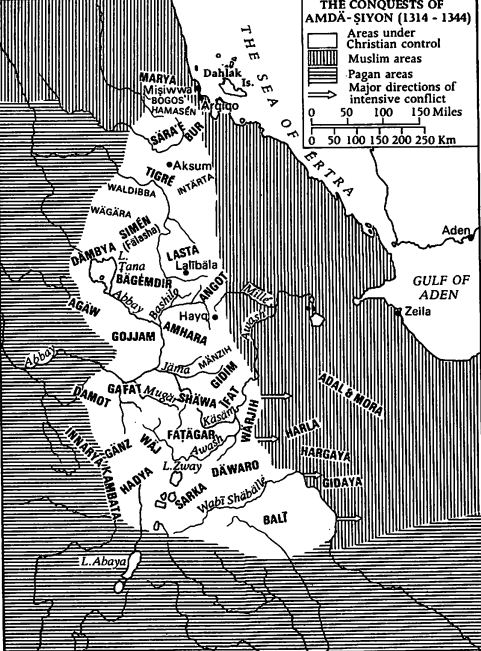
Bouna, ivory Coast
capital of the 17th cent. bouna kingdom, it was a scholary centre linked with gonja, bondouku and wa (in this thread) and home to a soninke gold trading diaspora that extended to ancient cities of jenne and begho
-Old Mosque: first built in 1795/6
#historyxt


capital of the 17th cent. bouna kingdom, it was a scholary centre linked with gonja, bondouku and wa (in this thread) and home to a soninke gold trading diaspora that extended to ancient cities of jenne and begho
-Old Mosque: first built in 1795/6
#historyxt



Bouna was first mentioned by al-siddiq of timbuktu in the 18th cent. then Henry Barth called it "place of great celebrity for its learning and its schools"
It was conquered by asante empire in late 18th cent., rebelled in 1801, sacked by samori in 1896
Wa
It was conquered by asante empire in late 18th cent., rebelled in 1801, sacked by samori in 1896
Wa
https://mobile.twitter.com/rhaplord/status/1238792334336196609
Reading...
A. Massing's;
The imams of gonja
jstor.org/stable/4144603…
And
The wangara, an old soninke diaspora in West Africa
jstor.org/stable/4393041…
See "Juula" in
History of islam in Africa
N. Levtzion
books.google.com/books/about/Th…
Wa and the Wala
I. Wilks
books.google.com/books/about/Wa…
A. Massing's;
The imams of gonja
jstor.org/stable/4144603…
And
The wangara, an old soninke diaspora in West Africa
jstor.org/stable/4393041…
See "Juula" in
History of islam in Africa
N. Levtzion
books.google.com/books/about/Th…
Wa and the Wala
I. Wilks
books.google.com/books/about/Wa…
<minor>
From Mali,
On segu and the dogon of bandiagara
-Ruins of the dogon towns of kori-kori (kounou) and fiko ; razed by king Da Monzon (1808-1827) of segu and abandoned
-19th cent segu mosque (for the city, see segou in this thread)
#historyxt


From Mali,
On segu and the dogon of bandiagara
-Ruins of the dogon towns of kori-kori (kounou) and fiko ; razed by king Da Monzon (1808-1827) of segu and abandoned
-19th cent segu mosque (for the city, see segou in this thread)
#historyxt



Reading
On dogon history;
Dogon
Hélène Leloup,
books.google.com/books/about/Do…
General on west-african architecture;
Butabu
James McGrath Morris and Suzanne Blier
books.google.com/books/about/Bu…
On dogon history;
Dogon
Hélène Leloup,
books.google.com/books/about/Do…
General on west-african architecture;
Butabu
James McGrath Morris and Suzanne Blier
books.google.com/books/about/Bu…
Mopti -mali
The city grew in the mid 19th century under the tukulor empire as a customs post and a port for bandiagara -the capital of the empire then led by tijani tall (1840-1888)
(Photos from 1905/6, 1950s and 60s)
#historyxt
#archivesxt



The city grew in the mid 19th century under the tukulor empire as a customs post and a port for bandiagara -the capital of the empire then led by tijani tall (1840-1888)
(Photos from 1905/6, 1950s and 60s)
#historyxt
#archivesxt

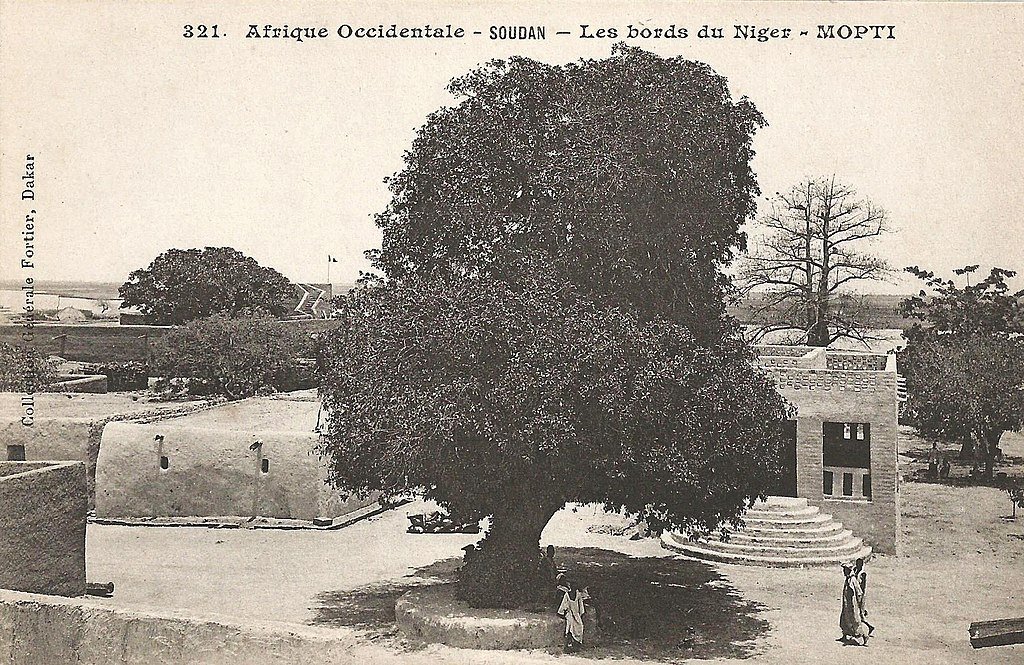
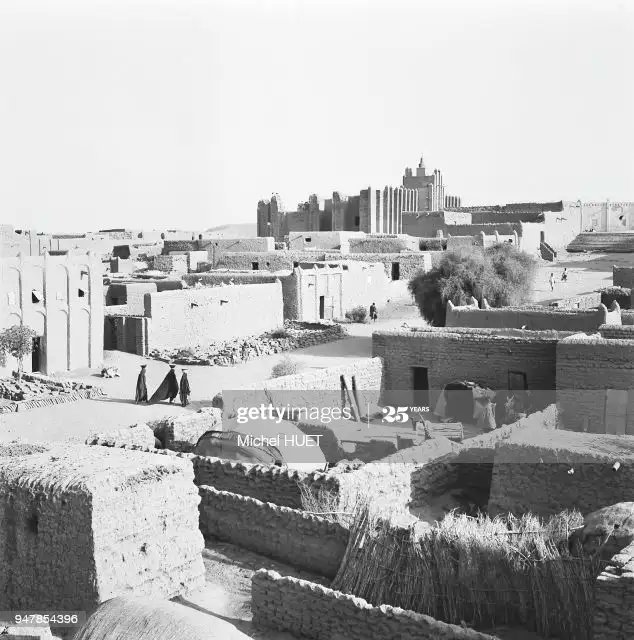
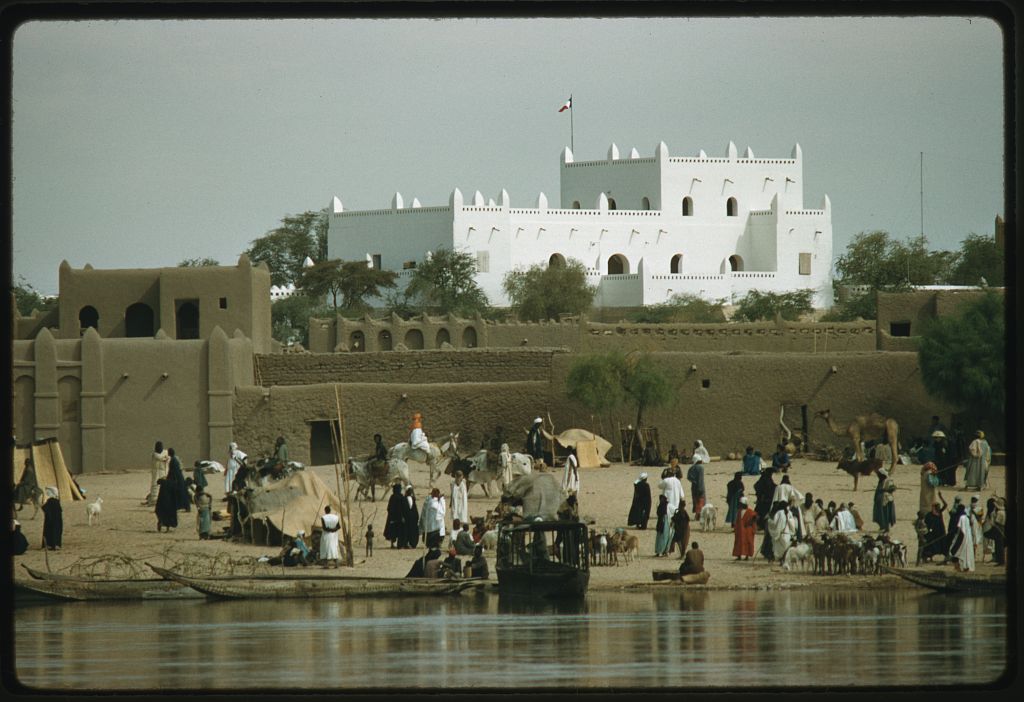
Diafarabe, Mali
(Kābara in medieval sources)
800-1300AD
its an ancient soninke town near the ancient city of dia -both were home to many of West africa's first scholars (of mali & songhay era)
it declined as jenne & timbuktu rose
#historyxt
Old houses in 1911
mosques



(Kābara in medieval sources)
800-1300AD
its an ancient soninke town near the ancient city of dia -both were home to many of West africa's first scholars (of mali & songhay era)
it declined as jenne & timbuktu rose
#historyxt
Old houses in 1911
mosques
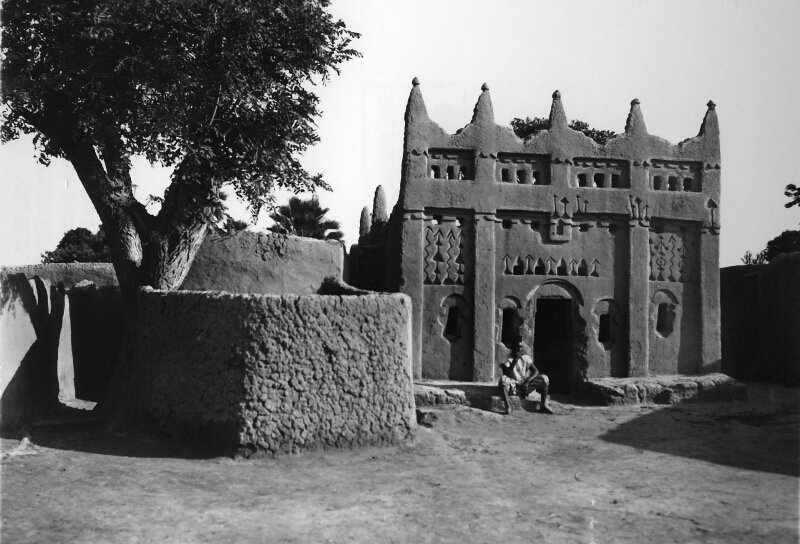
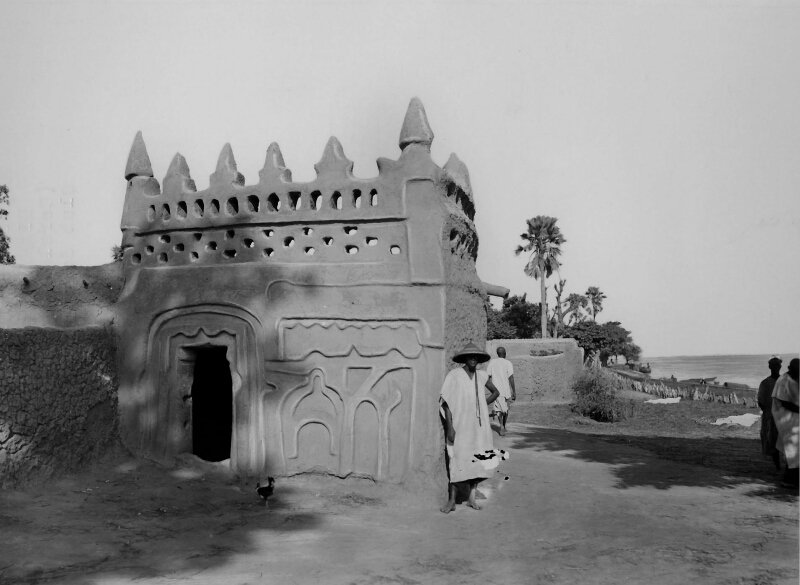


Most notable was muhammad al-kabora who in the 14th cent. was the most prominent scholar in timbuktu and was known in the maghreb
The town was mentioned by ibn batuta
Cc
On Diafarabe traditions
Ecology and Symbiosis: Niger Water Folk
Lars S.
On kābara
books.google.com/books/about/Th…
The town was mentioned by ibn batuta
Cc
On Diafarabe traditions
Ecology and Symbiosis: Niger Water Folk
Lars S.
On kābara
books.google.com/books/about/Th…
The Fortress of Koniakari, mali
#historyxt
This was one of about a dozen fortresses built by el hajj Umar tal of the Tukulor empire, koniakari was the capital of the 18th cent. kingdom of khasso (explorer mungo park passed by in 1796) before Umar's forces took it in 1855



#historyxt
This was one of about a dozen fortresses built by el hajj Umar tal of the Tukulor empire, koniakari was the capital of the 18th cent. kingdom of khasso (explorer mungo park passed by in 1796) before Umar's forces took it in 1855




<minor>
the mosque of guede in Senegal
#historyxt
first built in the 1670s by a chief of futa toro and later renovated under the imamate in 1776 and under Umar Tal's tukulor state in 1850s in classic sudano-sahelian style with tapering pillars


the mosque of guede in Senegal
#historyxt
first built in the 1670s by a chief of futa toro and later renovated under the imamate in 1776 and under Umar Tal's tukulor state in 1850s in classic sudano-sahelian style with tapering pillars



The Rural Mosques of Futa Toro
Jean-Paul Bourdier
jstor.org/stable/3337150…
Making and Remaking Mosques in Senegal
By Cleo Cantone
books.google.co.ug/books/about/Ma…
Jean-Paul Bourdier
jstor.org/stable/3337150…
Making and Remaking Mosques in Senegal
By Cleo Cantone
books.google.co.ug/books/about/Ma…
Dikwa, Nigeria
Initially a minor town under bornu's suzerainty, it became the capital of Rabih's state in 1892. he fortified the city extensively with a large fortress and expanded the walled city in a style similar to the fortified bornu and hausa cities
#historyxt



Initially a minor town under bornu's suzerainty, it became the capital of Rabih's state in 1892. he fortified the city extensively with a large fortress and expanded the walled city in a style similar to the fortified bornu and hausa cities
#historyxt




rabih left a rather controversial legacy, he participated in the mahdist revolution of sudan later spreading mahdism west to the lake chad region (similar to sokoto's flagbearers spreading theirs west to mali) but his state was still in its formative stages when it fell to france
two perspectives on his legacy:
RĀBIḤ FAḌLALLĀH 1879-1893: EXPLOITS AND IMPACT ON POLITICAL RELATIONS IN CENTRAL SUDAN
R. A. Adelẹyẹ
jstor.org/stable/4185684…
and
Borno under Rabih Fadl Allah, 1893-1900: The Emergence of a Predatory State
K. Mohammed
jstor.org/stable/4034174…
RĀBIḤ FAḌLALLĀH 1879-1893: EXPLOITS AND IMPACT ON POLITICAL RELATIONS IN CENTRAL SUDAN
R. A. Adelẹyẹ
jstor.org/stable/4185684…
and
Borno under Rabih Fadl Allah, 1893-1900: The Emergence of a Predatory State
K. Mohammed
jstor.org/stable/4034174…
mosques in the towns of the kingdom of dagbon; yendi (the capital) and savelugu , Ghana
built in a style similar style (albeit smaller) as the northern mande mosques during and after Na Zangina's reign (1700-1714) after he founded "new yendi"
#historyxt



built in a style similar style (albeit smaller) as the northern mande mosques during and after Na Zangina's reign (1700-1714) after he founded "new yendi"
#historyxt
https://mobile.twitter.com/rhaplord/status/1241341481480323072



more on dagbon and the muslim kingdoms of northern ghana:
Between Accommodation and Revivalism: Muslims, the State, and Society in Ghana from the Precolonial to the Postcolonial Era
by Holger Weiss
books.google.co.ug/books?id=juUkA…
Between Accommodation and Revivalism: Muslims, the State, and Society in Ghana from the Precolonial to the Postcolonial Era
by Holger Weiss
books.google.co.ug/books?id=juUkA…
Koulikoro, mali
its the site of the battle of kirina in which sudiata keita defeated sumanguru and founded mali empire
the town flourished in the 19th cent. under the bambara empire
it was taken by the french in 1884 by captain Delanneau (who likely took this photo)
#historyxt
its the site of the battle of kirina in which sudiata keita defeated sumanguru and founded mali empire
the town flourished in the 19th cent. under the bambara empire
it was taken by the french in 1884 by captain Delanneau (who likely took this photo)
#historyxt

cc;
From Koulikoro to Timbuktu on the gunboat "Le Mage."
Jean Gilbert Nicomède Jaime
books.google.co.ug/books/about/De…
Warriors, Merchants, and Slaves: The State and the Economy in the Middle Niger Valley, 1700-1914
Richard L. Roberts
books.google.co.ug/books/about/Wa…
From Koulikoro to Timbuktu on the gunboat "Le Mage."
Jean Gilbert Nicomède Jaime
books.google.co.ug/books/about/De…
Warriors, Merchants, and Slaves: The State and the Economy in the Middle Niger Valley, 1700-1914
Richard L. Roberts
books.google.co.ug/books/about/Wa…
• • •
Missing some Tweet in this thread? You can try to
force a refresh



